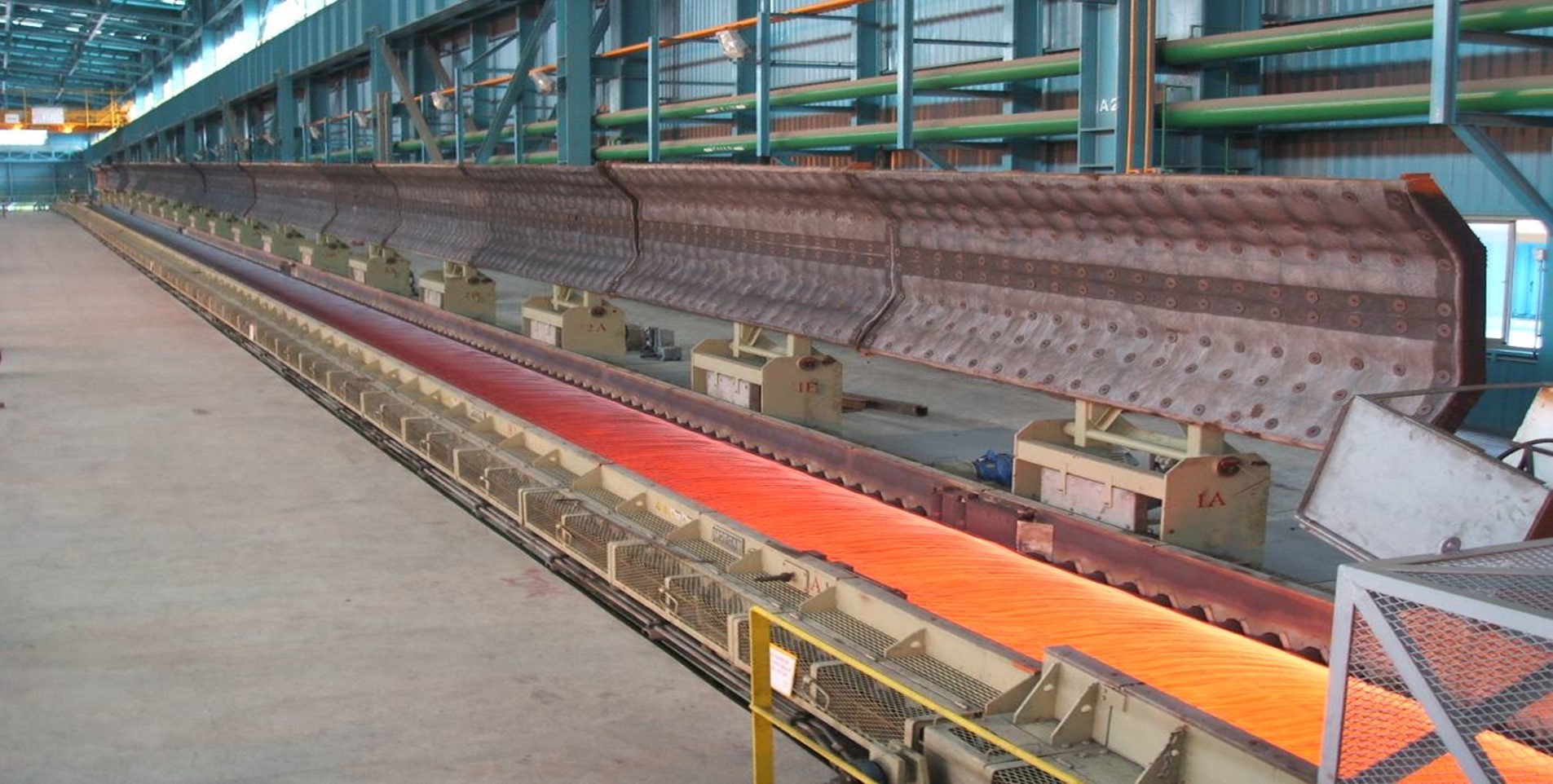APSAA 亞太永續行動獎(Asia-Pacific Sustainability Action Awards )-Sustainability Action Award SDG13:Silver
China Steel Corporation 中國鋼鐵股份有限公司

Unleashing Sustainable New Value from Carbon in Steel
CSC has taken steps to address climate change and carbon management issues by compiling an inventory and establishing a basis for carbon management. However, current carbon pricing controls are limited to fees based on product carbon emissions. To address this, Under the guidance of experts, scholars and retired colleagues with rich practical experience, CSC developed a new "standard product carbon emission intensity system(SPCO2)", integrated existing system, to quickly calculate the carbon intensity of each production line and provide production scheduling options. In the future, the system will introduce carbon pricing to calculate complete cost for reference of management decisions. It is also possible to develop reduction opportunities by analyzing the differences in carbon emission intensity of production lines.
Through SPCO2, CSC found process improvement measures, such as enhancing control in the steel-making casting process, to effectively reduce CO2 emissions and maintain downstream product quality.
In 2022, CSC proposed different carbon reduction pathways to ensure the flexibility of the low-carbon transition, including a collaboration project, titled “Development of Low Carbon Ironmaking Technology For Blast Furnace” with NCKU. This project combines the R&D capabilities of domestic industry and academia and aims to develop new low carbon ironmaking technology suitable for Taiwan. CSC has planned several research topics for low carbon iron making technology, including low carbon materials operations, hydrogen-rich gas injection, and gas concentration, modification, and re-injection.
Through SPCO2, CSC found process improvement measures, such as enhancing control in the steel-making casting process, to effectively reduce CO2 emissions and maintain downstream product quality.
In 2022, CSC proposed different carbon reduction pathways to ensure the flexibility of the low-carbon transition, including a collaboration project, titled “Development of Low Carbon Ironmaking Technology For Blast Furnace” with NCKU. This project combines the R&D capabilities of domestic industry and academia and aims to develop new low carbon ironmaking technology suitable for Taiwan. CSC has planned several research topics for low carbon iron making technology, including low carbon materials operations, hydrogen-rich gas injection, and gas concentration, modification, and re-injection.

